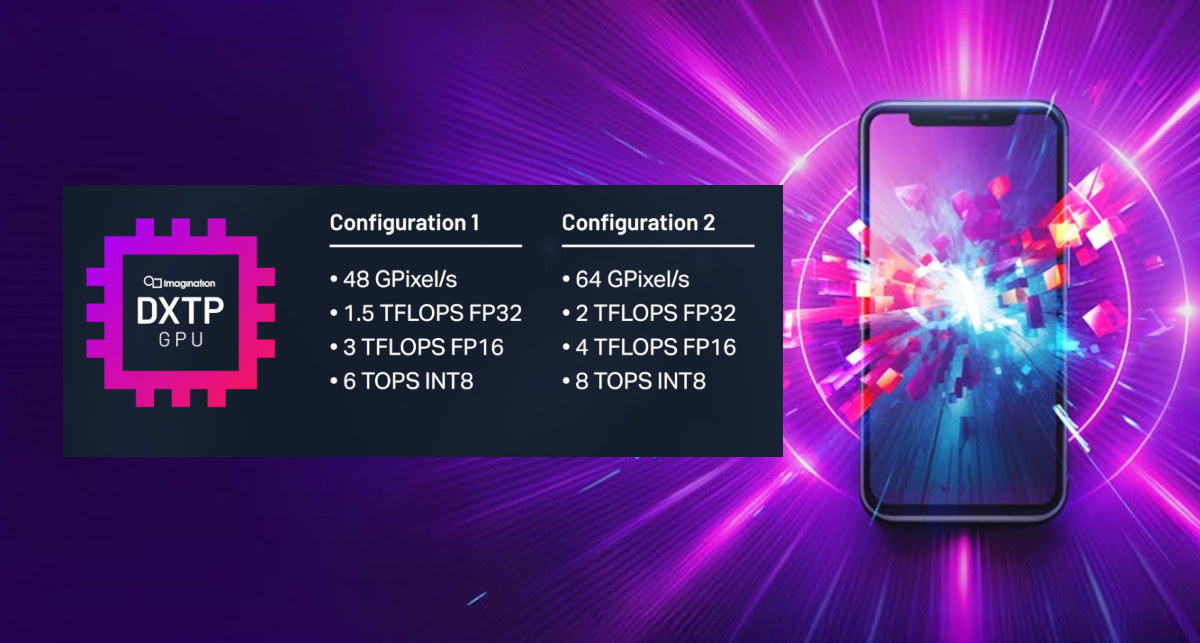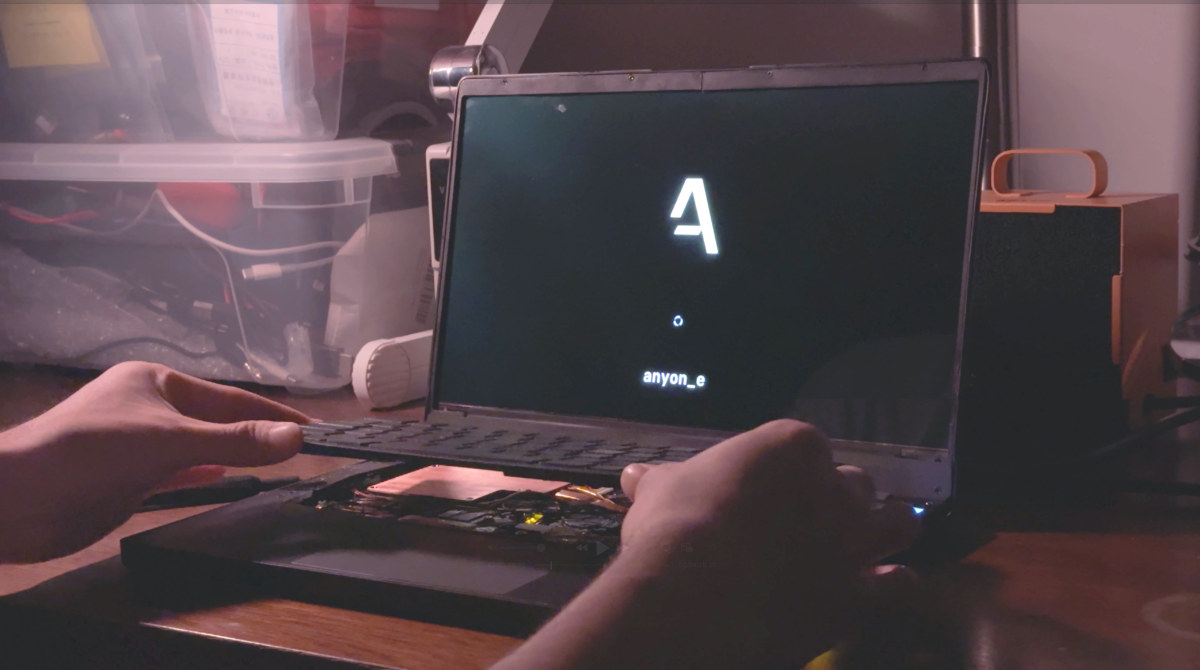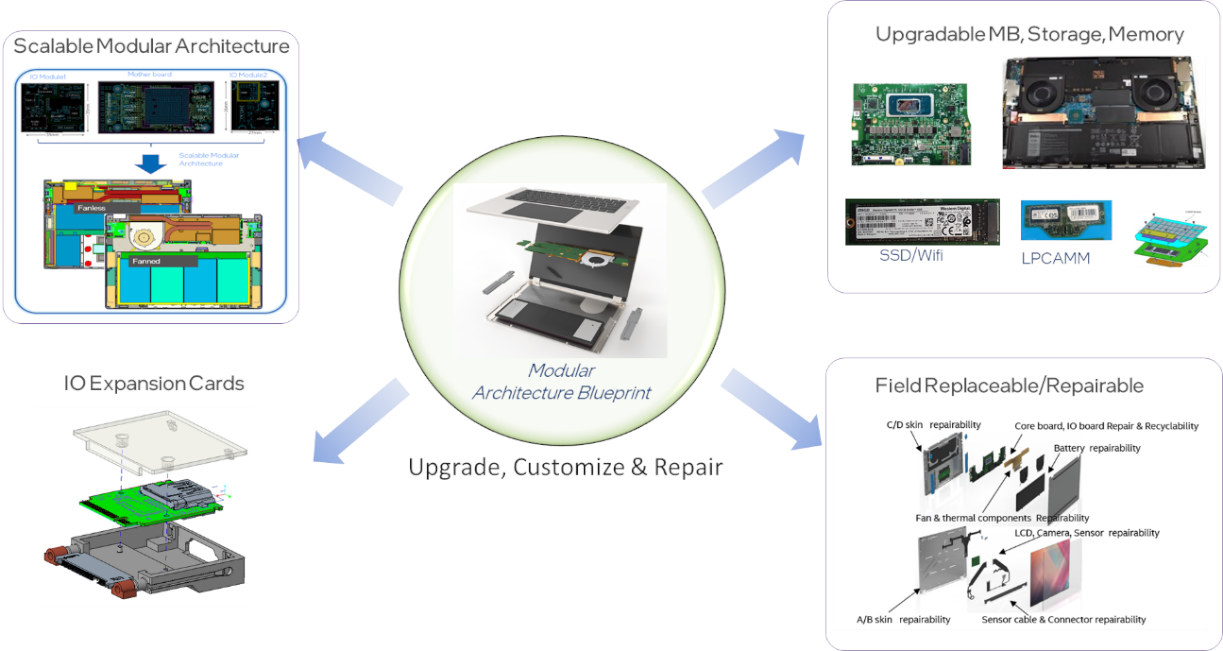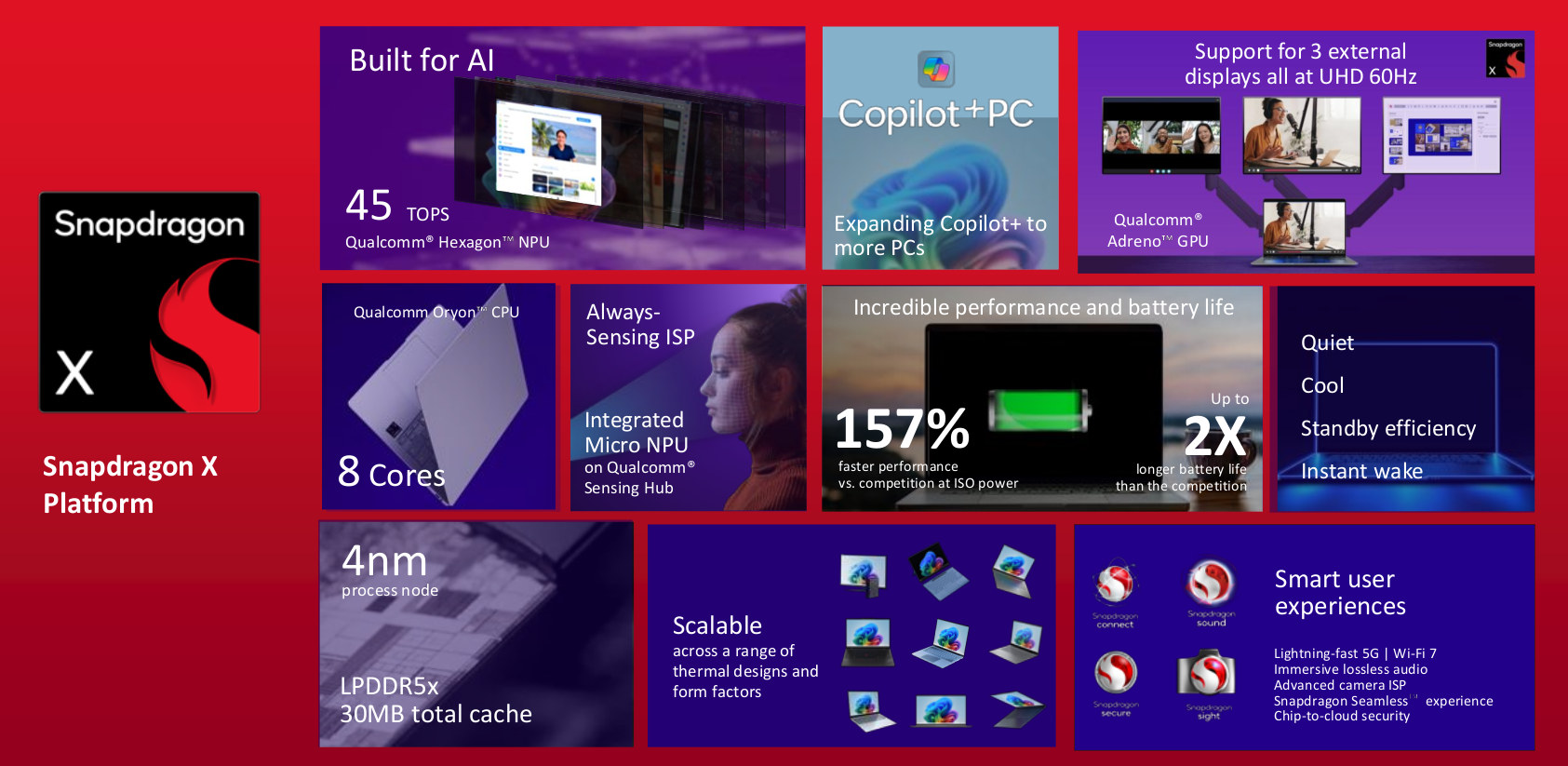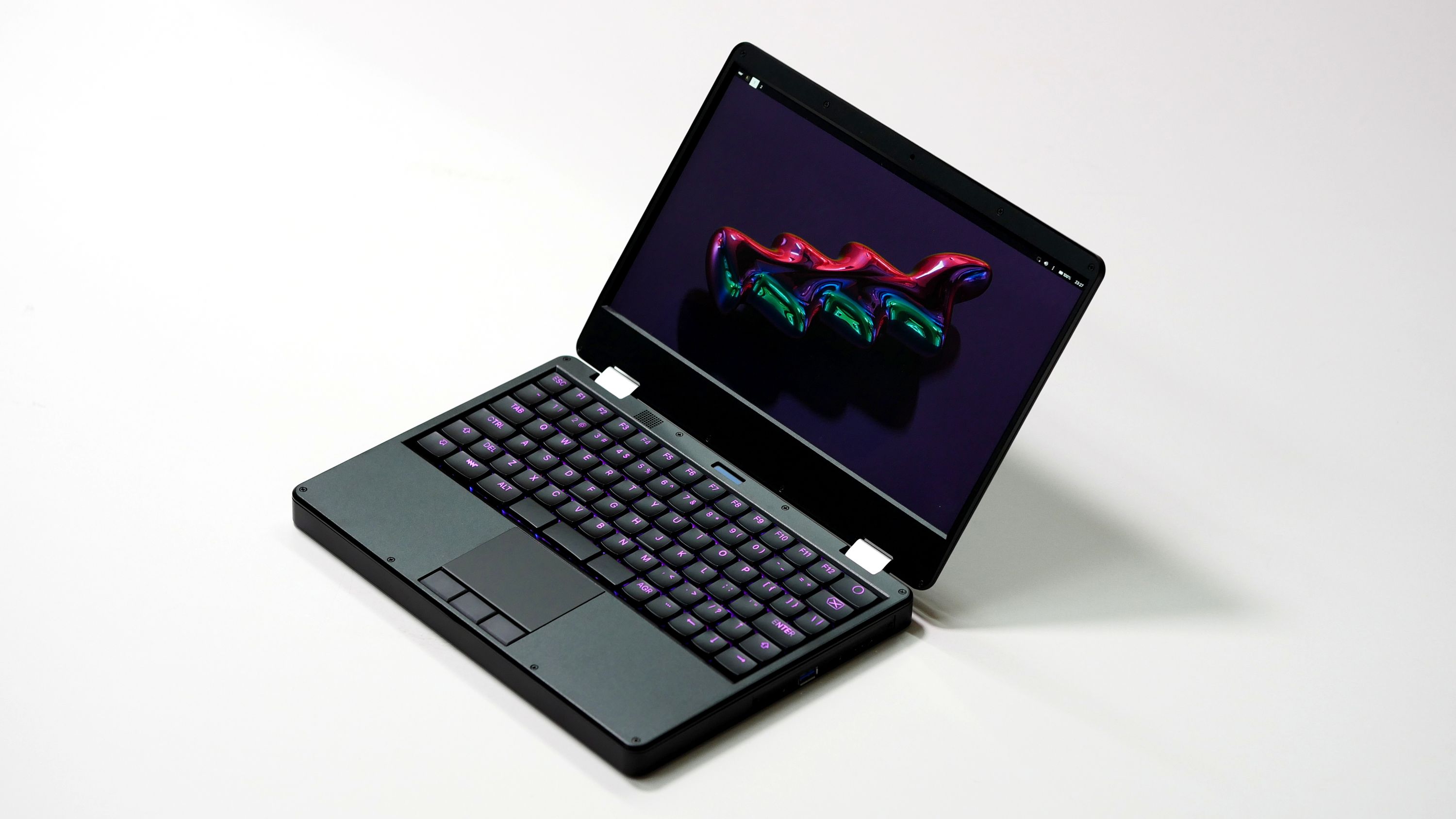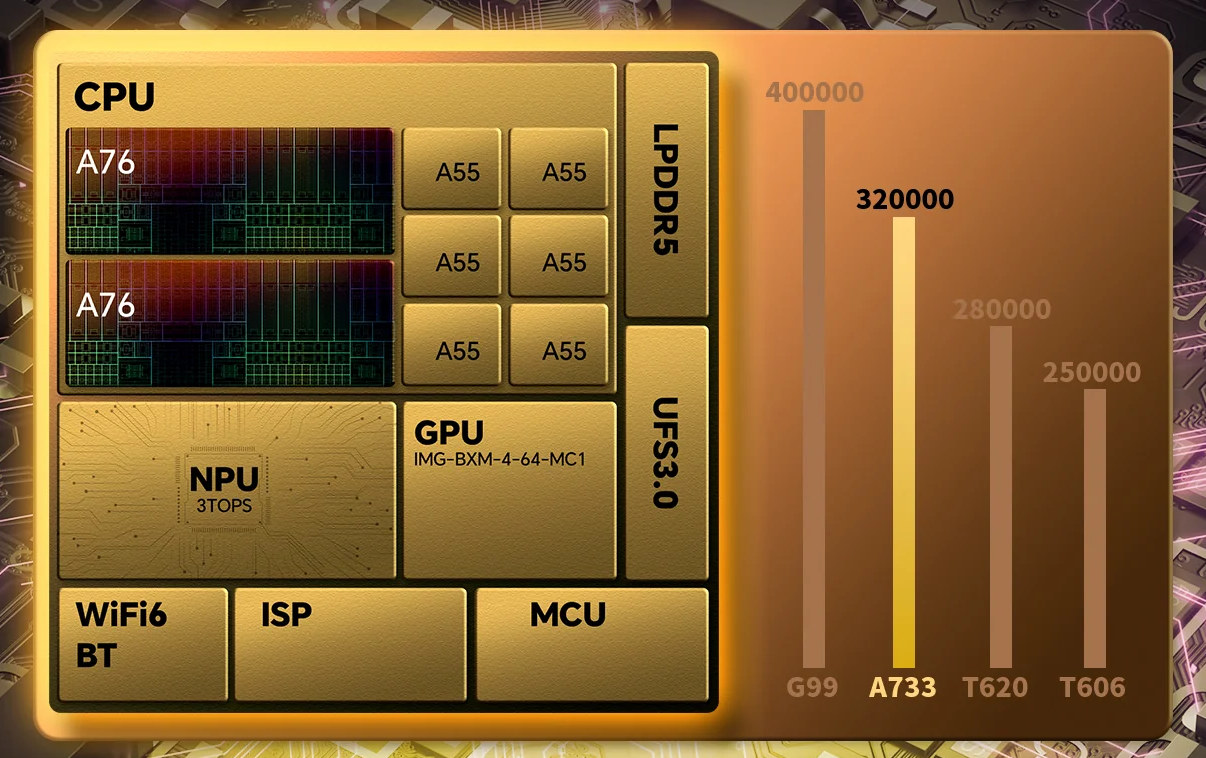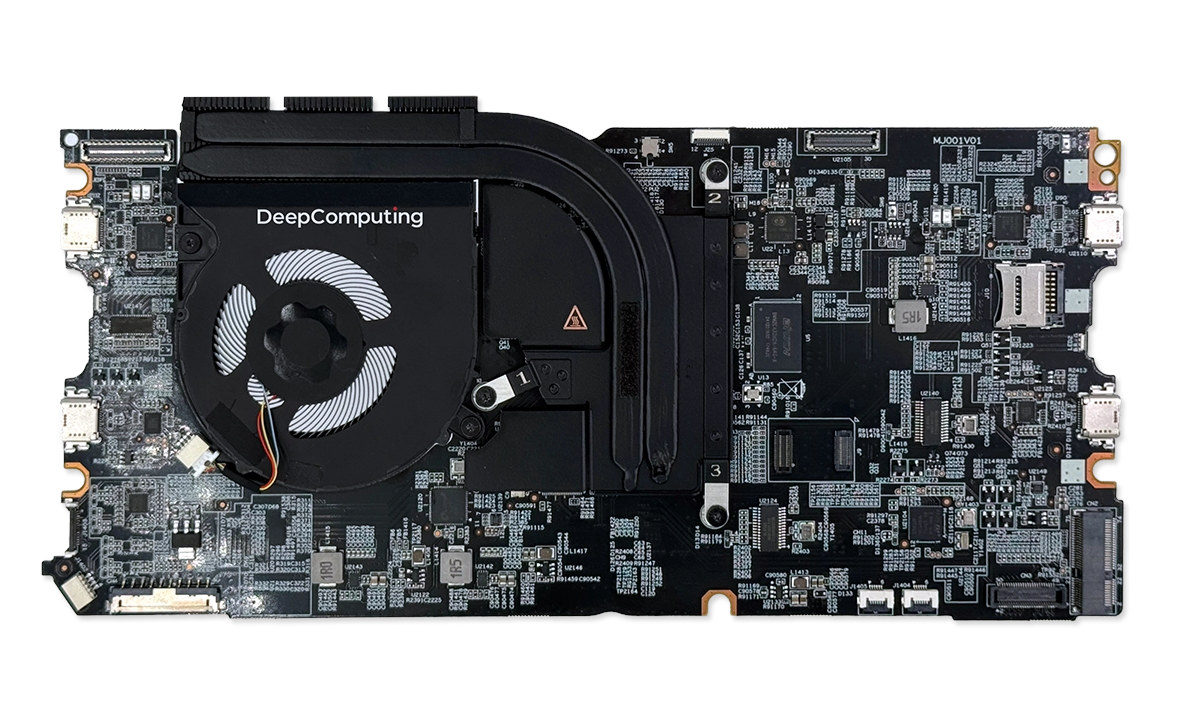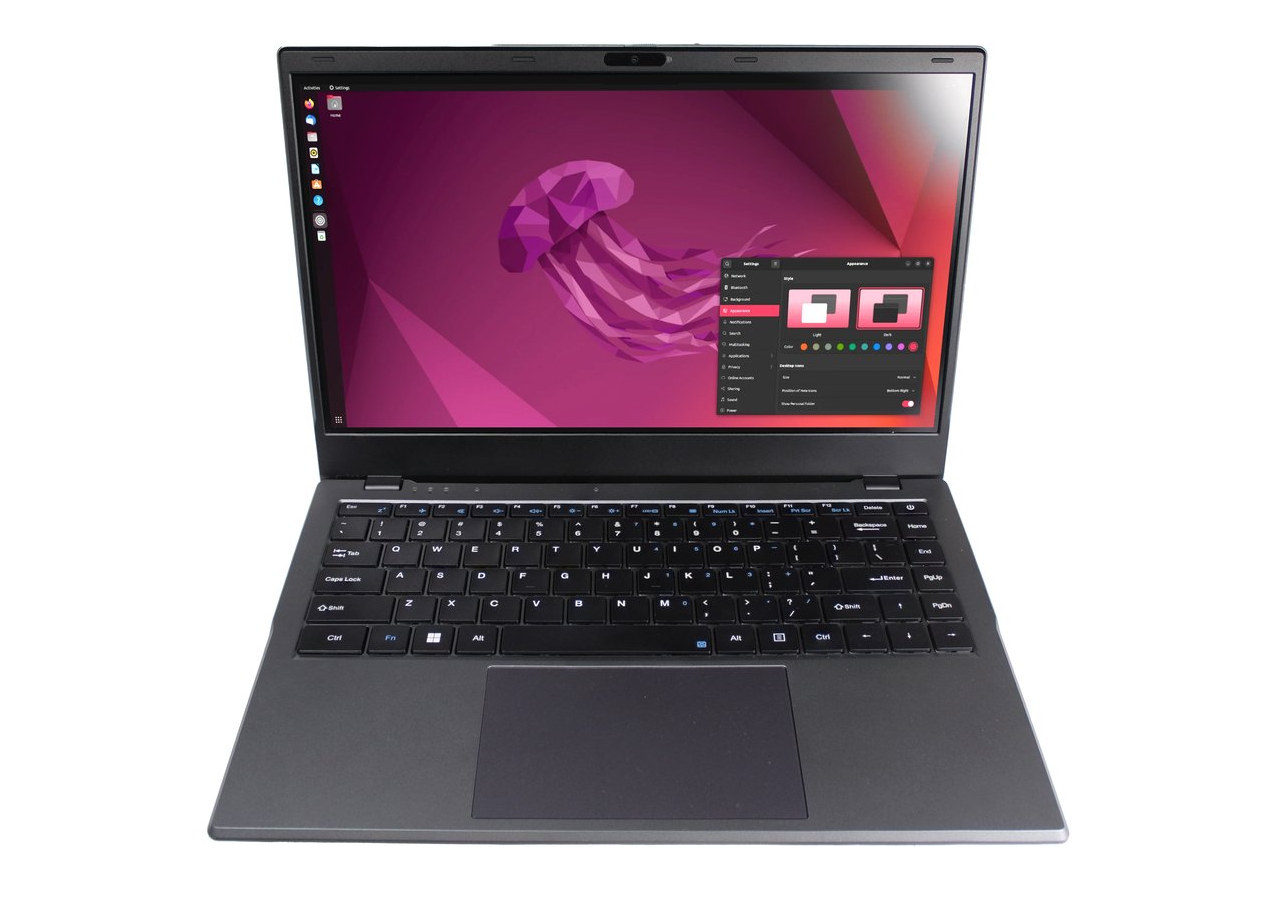Imagination has announced the DXTP GPU for mobile and power-constrained devices with up to 20% greater power efficiency than its predecessor, the D-Series DXT GPU for longer battery life for AI applications or complex games. The company says the GPU is suitable for gaming, user interfaces, graphics-rich applications, computer vision, generative AI, and other AI applications designed to run on smartphones, tablets, laptops, desktops, or non-safety automotive products. Imagination DXTP highlights: Two off-the-shelf configurations: DXTP-48-1536 48 GPixel/s 1.5 TFLOPS FP32 (1536 FLOPs/Clock) 3 TFLOPS FP16 6 TOPS INT8 48 ppc Bilinear 3D Textured Up to 96 ppc 2D Dual Rate Mode DXTP-64-2048 64 GPixel/s 2 TFLOPS FP32 (2048 FLOPs/Clock) 4 TFLOPS FP16 8 TOPS INT8 64 ppc Bilinear 3D Textured Up to 128 ppc 2D Dual Rate Mode Bus Interface – AXI, ACE-Lite Compression PVRIC5 Lossless and Lossy Framebuffer Compression ETC and ASTC LDR and HDR Support Microarchitecture improvement – […]
anyon_e DIY laptop features Rockchip RK3588 SoC, 13.3-inch 4K AMOLED display, aluminum chassis
We’ve already seen several Rockchip RK3588 laptops with the Cool Pi laptop and GenBook RK3588, as well as the open-source hardware MNT Reform Next. anyon_e is another open-source DIY laptop based on Rockchip RK3588 octa-core Cortex-A76/A55 SoC but with higher-end specifications compared to competitors. The anyon_e features a 13.3-inch 4K AMOLED display, a wireless QWERTY mechanical keyboard, a custom aluminum chassis that keeps the thickness of the laptop to just 18mm, and a battery good for about 7 hours. It’s based on the FriendlyELEC CM3588 core board found in the CM3588 NAS Kit. anyon_e laptop (preliminary) specifications: SoM – FriendlyELEC CM3588 SoC – Rockchip RK3588 CPU – 4x CortexA76 cores @ up to 2.4 GHz, 4x CortexA55 core @ 1.8 GHz GPU – Arm Mali-G610 MP4 GPU Video decoder – 8Kp60 H.265, VP9, AVS2, 8Kp30 H.264 AVC/MVC, 4Kp60 AV1, 1080p60 MPEG-2/-1, VC-1, VP8 Video encoder – 8Kp30 H.265/H.264 video encoder […]
Intel floats Modular PC design proposal for repairable laptops and mini PCs
Intel has published an article proposing a modular PC design that would improve the repairability/right-to-repair of laptops and mini PCs and reduce e-waste through the replacement of motherboard, display, and M.2 or FPC add-on modules for the user-facing ports. Making repairable, modular electronic devices is not a new idea, and the Framework laptops are probably the best-known option now, but they do come at a premium. But most projects are limited success, for instance, Project Ara modular smartphone from Google eventually died off. We’ve also covered modular or open-source hardware solutions from smaller companies over the years such as Firefly Station P3D modular Arm mini PC with swappable cards, or Olimex Teres-I DIY and open-source hardware laptop. It’s good news that a large company like Intel is taking the repairable, modular PC topic seriously, but as we’ll see below it’s currently a high-level proposal with few technical details. Most laptops […]
Qualcomm Snapdragon X octa-core Arm SoC to power $600+ mainstream AI PCs with Copilot+ support
Qualcomm has unveiled the Snapdragon X octa-core Arm SoC at CES 2025 designed for mainstream AI PCs with Copilot+, which should start at $600 and up. This follows the announcements of the high-end 4.3GHz Snapdragon X Elite 12-core SoC in 2023, and the Snapdragon X Plus 10-/8-core processors last year, and should make AI PCs affordable to a wider range of consumers. The new Snapdragon X is clocked at up to 3.0 GHz, still features a 45 TOPS Hexagon NPU, supports NVMe storage, up to 64GB LPDDR5, up to 2560 x 1440 built-in displays, up to three external displays at 4Kp60, and a single camera up to 36MP resolution. Systems based on the new octa-core processor can support WiFi 7, WiFi 6E, and/or 5G LTE connectivity. Qualcomm Snapdragon X (X1-26-100) specifications: CPU – Octa-core 64-bit Armv8 Oryon processor clocked at up to 3.0 GHz (2976 MHz) with 30MB cache GPU […]
MNT Reform Next is an open-source, RK3588-powered modular 12.5-inch laptop (Crowdfunding)
The MNT Reform Next brings the Rockchip RK3588 processor to the modular laptop series. It retains the open-hardware nature of the older MNT Reform and introduces a lighter and more modular design, complete with a much faster processor. The MNT Reform Next separates the three port boards from the main motherboard, allowing for greater customization and modification than its predecessors. The standard processor module (RCORE) can be swapped with other modules such as the Raspberry Pi CM4, as well as NXP i.MX 8M Plus, NXP LayerScape 1028A, and AMD Kintex-7 FPGA modules. Like the classic MNT Reform and the MNT Pocket Reform, the enclosure for the Reform Next is milled from anodized, bead-blasted aluminum. Apart from being repairable and customizable, the RK3588 modular laptop is powerful enough to be a daily driver for browsing, writing, programming, gaming, graphics design, sound creation, and video editing. MNT Reform Next specifications: SoM SoC […]
Allwinner A733 octa-core Cortex-A76/A55 AI SoC supports up to 16GB RAM for Android 15 tablets and laptops
Allwinner A733 is an octa-core Cortex-A76/A55 processor with an optional 3 TOPS NPU and support for up to 16GB RAM designed for Android 15 tablets and laptops such as the Teclast P50Ai with a 10.92-inch touchscreen display. With two Cortex-A76 cores, six Cortex-A75 cores, an Imagination BXM-4-64 MC1 GPU, and an NPU, the Allwinner A733 looks very similar to the Allwinner A736 we noted in a roadmap last year. But there’s no news about the A736, so maybe the name was dropped and the Allwinner A733 was launched instead. Allwinner A733 specifications: CPU Dual-core Arm Cortex-A76 @ up to 2.00 GHz Hexa-core Arm Cortex-A55 @ up to 1.79 GHz Single-core RISC-V E902 real-time core GPU – Imagination Technologies BXM-4-64 MC1 VPU 8Kp24 H.265/VP9/AVS2 decoding (no mention of AV1) 4Kp30 H.265/H.264 encoding AI accelerator – Optional 3 TOPS NPU Memory 192 KB SRAM + 512 KB shared SRAM 32-bit LPDDR4/LPDDR4x/LPDDR5 interface […]
DC-ROMA RISC-V Mainboard is designed for the Framework Laptop 13 modular laptop
DeepComputing’s DC-ROMA RISC-V Mainboard is designed for the modular Framework Laptop 13 and powered by a StarFive JH7110 quad-core RISC-V processor running either Ubuntu 24.04 Desktop or Fedora 41 Linux distribution. The Framework Laptop 13 was initially offered with Intel Core i5-1135G7, Core i7-1165G7, or Core i7-1185G7 processor, but the advantage of a modular laptop is that you can replace components, and that’s exactly what the “DC-ROMA RISC-V Mainboard” does by allowing users/developers to do by switching to a less powerful RISC-V processor for software development. Framework Laptop 13 specifications with DC-ROMA RISC-V Mainboard: SoC – StarFive JH7110 CPU Quad-core 64-bit RISC-V SiFive U74 (RV64GC) processor @ up to 1.5 GHz with 32KB D-Cache, 32KB I-cache Single-core 64-bit RISC-V SiFive S7 (RV64IMAC) monitor core with 16KB I-cache, 8KB DTIM Single-core 32-bit RISC-V SiFive E24 (RV32IMFC) real-time control core with 16KB I-cache Up to 2MB L2 cache GPU – Imagination BXE-4-32 […]
GenBook RK3588 modular Linux laptop features an octa-core Arm CPU module with 32GB RAM (Crowdfunding)
GenBook RK3588 is a modular Linux (and Android) laptop powered by a Rockchip RK3588 Arm system-on-module (SoM), and easily serviceable by the user who can add M.2 MVMe SSD storage, switch wireless module, and eventually update to a more powerful SoM, or even change the display. It looks very similar to the Cool Pi Arm Linux laptop, and it’s indeed made by the same company, but a representative told CNX Software that the GenBook RK3588 was an upgrade of the Cool Pi without further details. So let’s have a closer look. GenBook RK3588 laptop specifications: System-on-Module – GenM5 (same as Cool Pi CM5 except for the move from LPDDR4/4X to LPDDR5) SoC – Rockchip RK3588 octa-core processor with 4x CortexA76 cores, 4x CortexA55 cores Arm Mali-G610 MP4 GPU Video decoder – 8Kp60 H.265, VP9, AVS2, 8Kp30 H.264 AVC/MVC, 4Kp60 AV1, 1080p60 MPEG-2/-1, VC-1, VP8 Video encoder – 8Kp30 H.265/H.264 video […]


